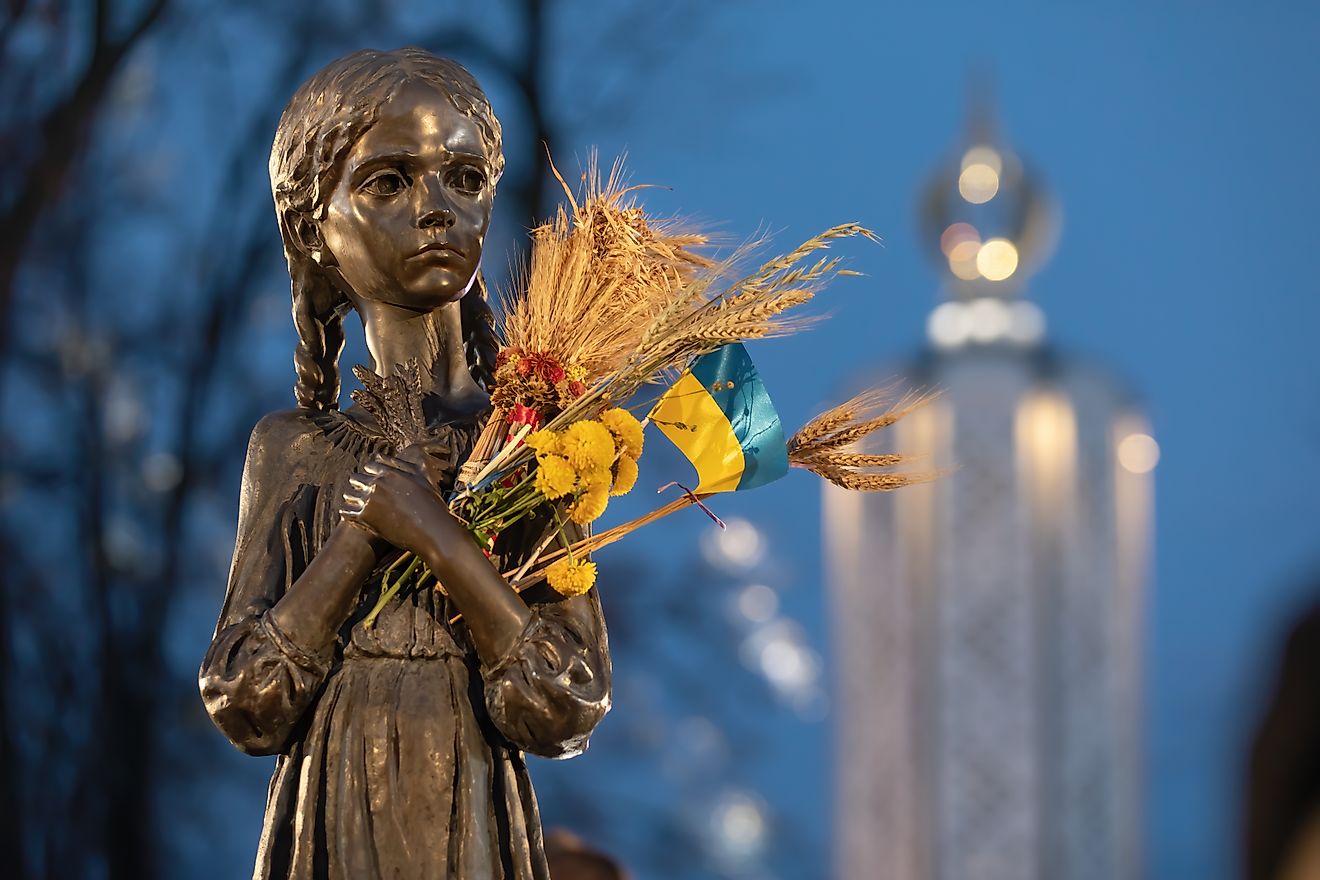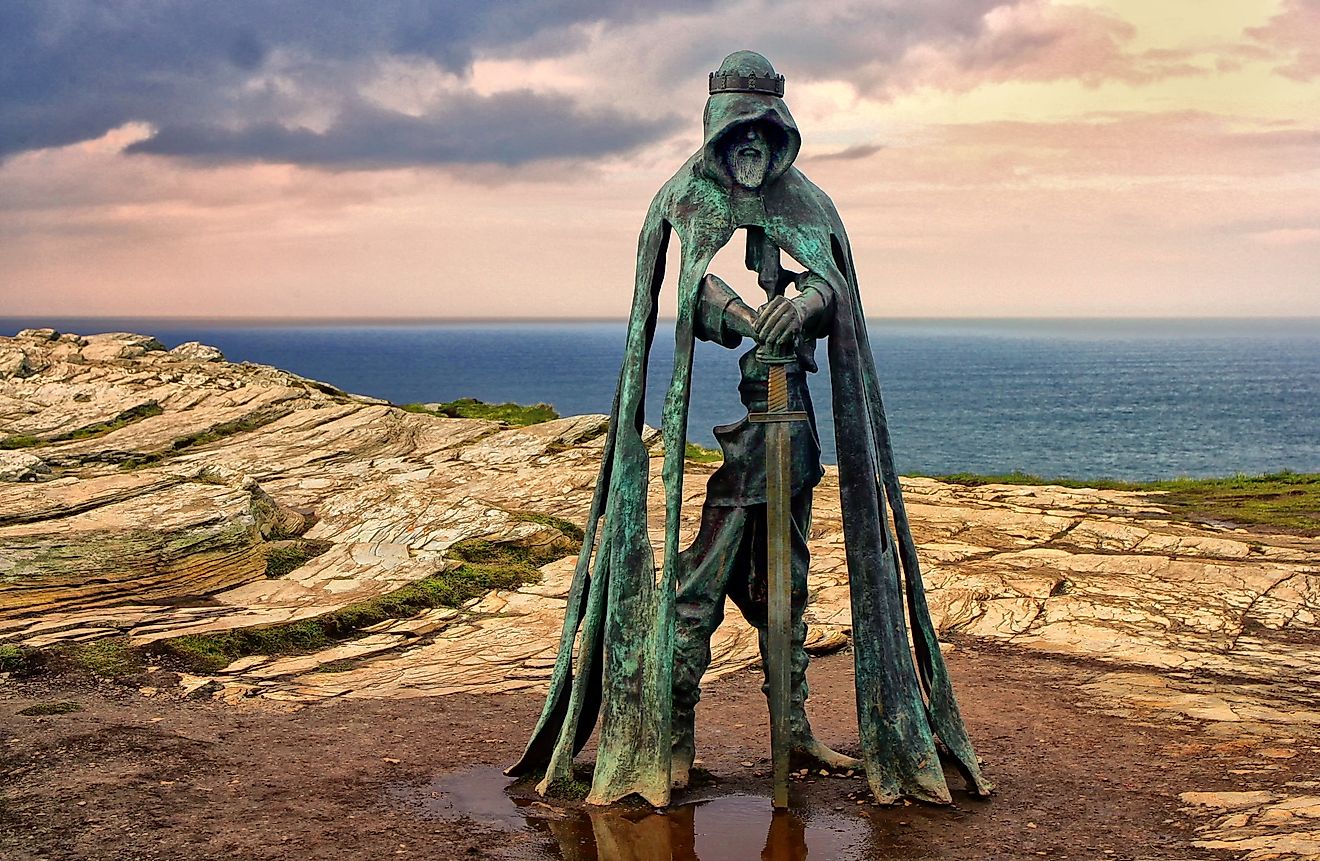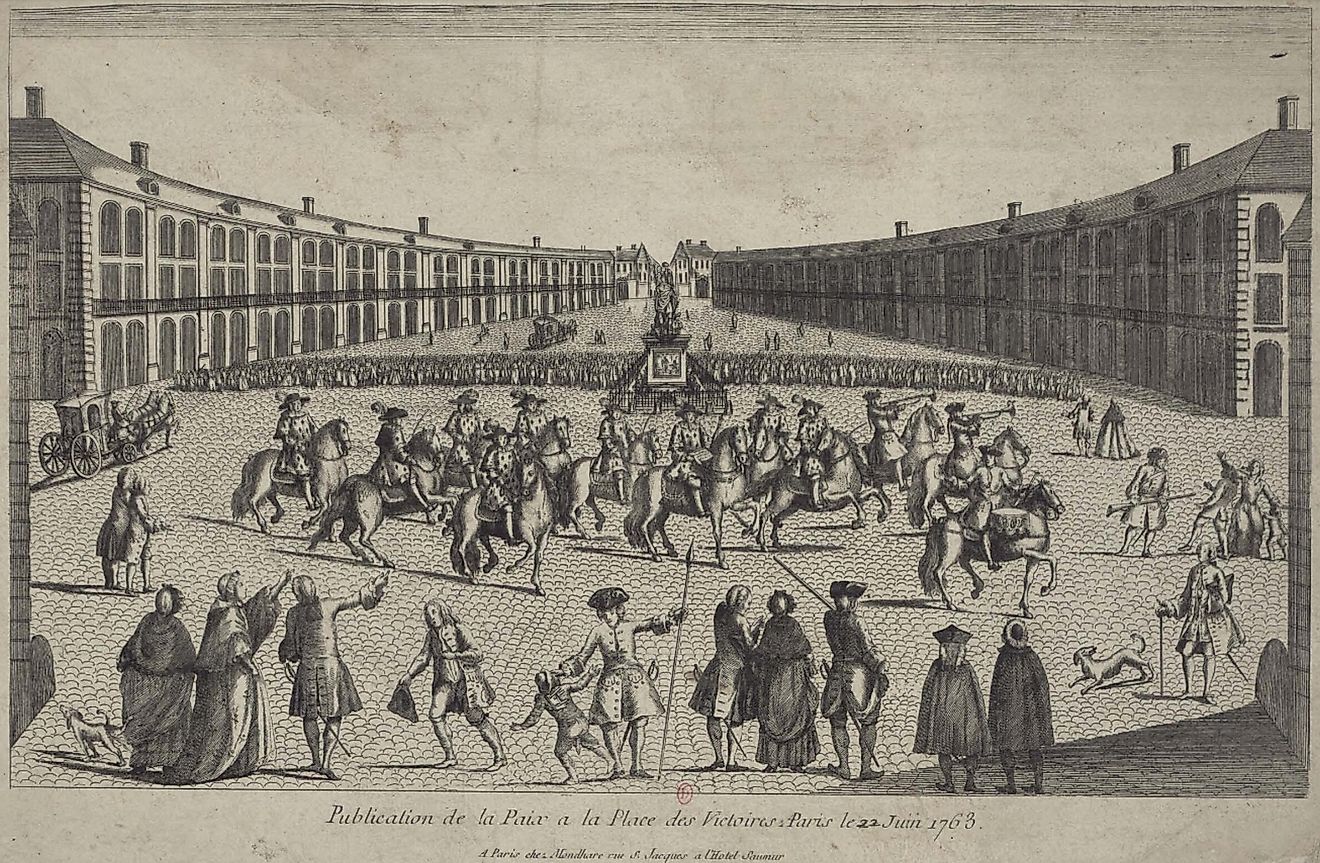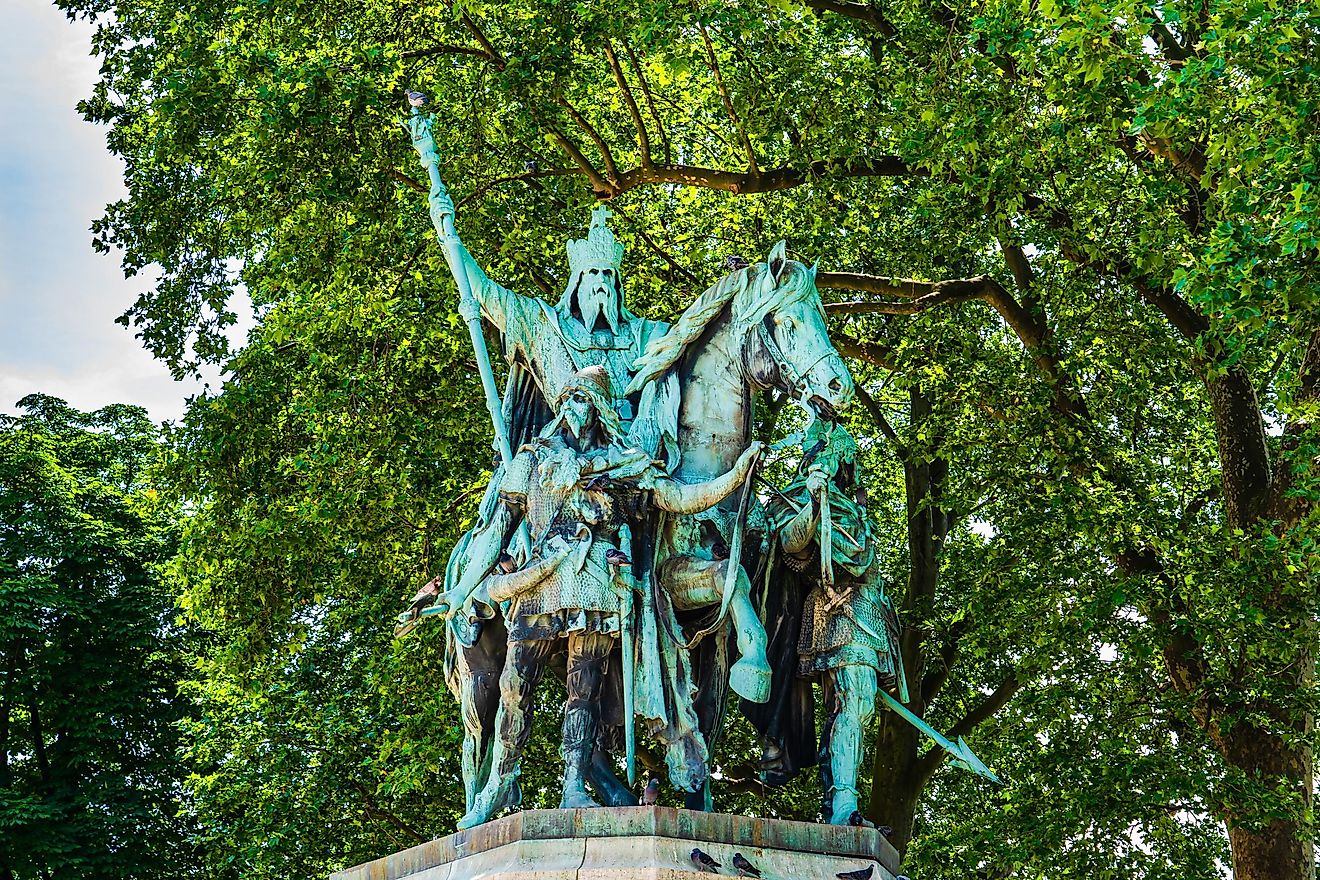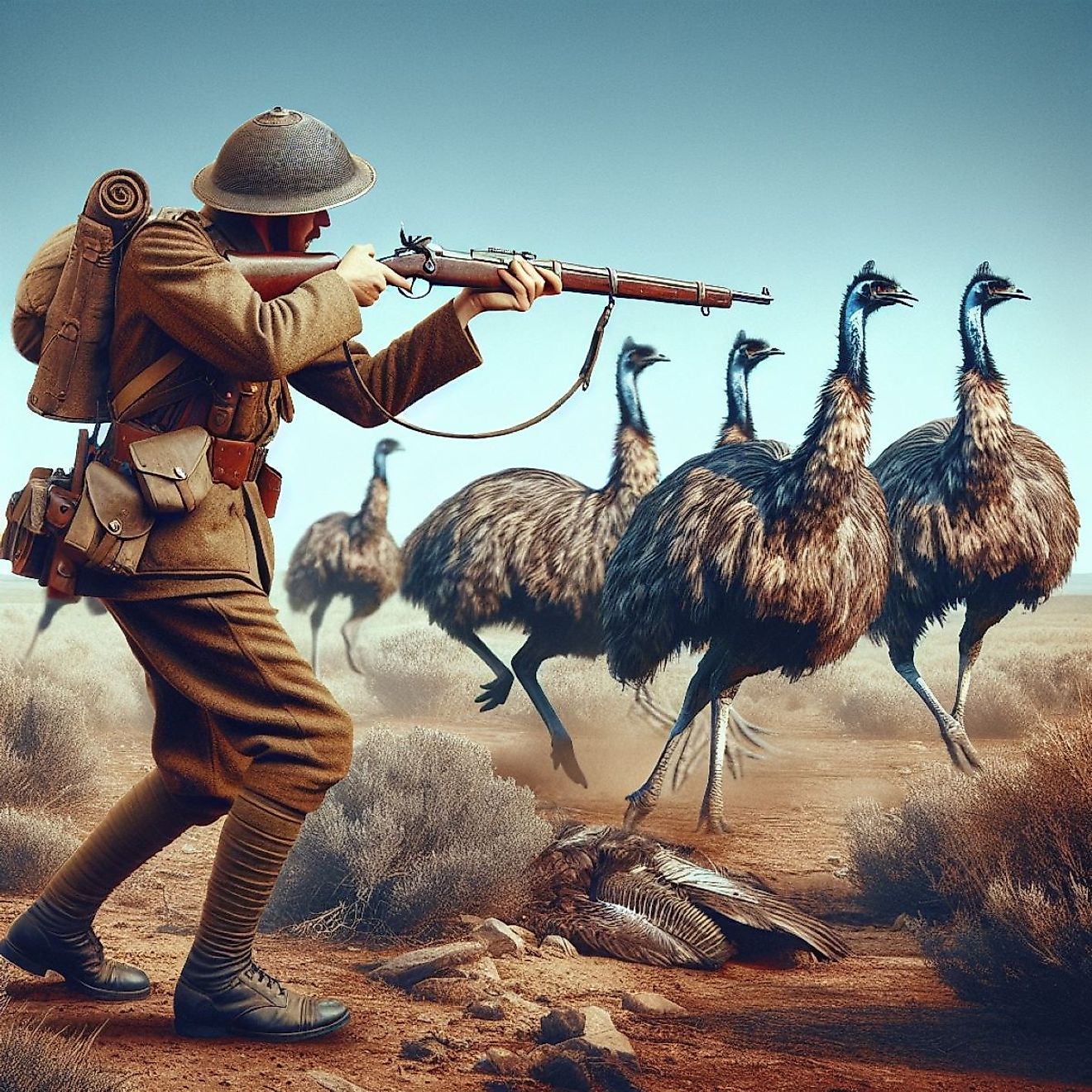
Emu War: Australia's Crusade Against Birds
You may have heard about Australia's dangerous and terrifying animals. What you may not know is that Australia once had to declare war against one of its animals. Surprisingly, it was its national bird - the Emu, after its population grew rapidly and began wreaking havoc on the country’s economy. In November 1932, soldiers armed with machine guns marched to Western Australia to conquer these birds. By December of the same year, the war was over, but the outcome was somewhat disappointing.
Wildlife in Austalia
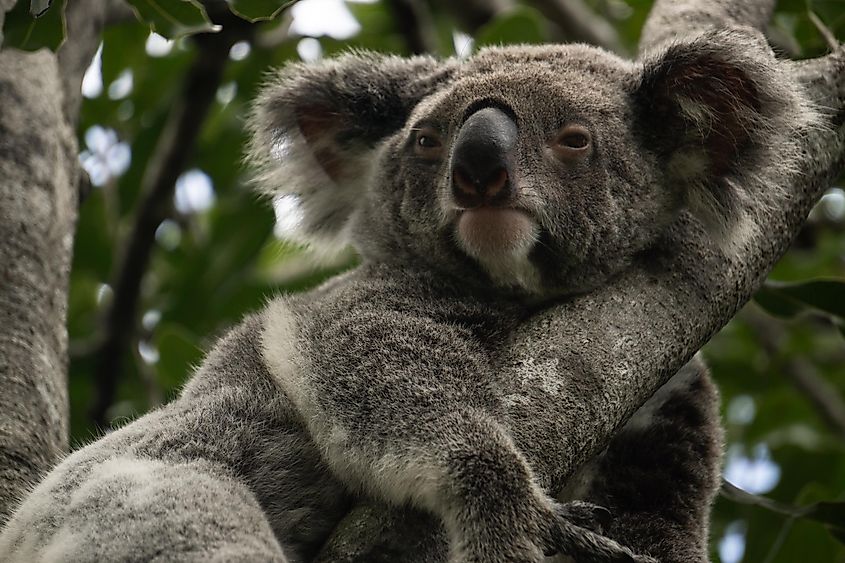
Perhaps the most unique thing about Australia is its wildlife, some of which cannot be found anywhere else in the world. This country is where one will find koalas, wombats, kangaroos, Tasmanian devils, saltwater crocodiles, and lots of snakes.
With so much vast land and so few people to inhabit it, Australian wildlife often has the upper hand in population. Currently, the population of humans in Australia stands at around 25 million. That is nothing compared to the estimated 42 million kangaroos, 630,000 adult emus, one million feral camels, 100,000 - 200,000 saltwater crocodiles, and countless other animals.
Nowadays, Australia controls the population of out-of-control animals by encouraging seasonal hunting. In 1932, however, the country was in a difficult spot, and with the local Emus wreaking havoc on the natural environment, drastic measures had to be taken, leading to the declaration of what is now known as the Emu War.
Australian World War I Veterans Face Another War At Home
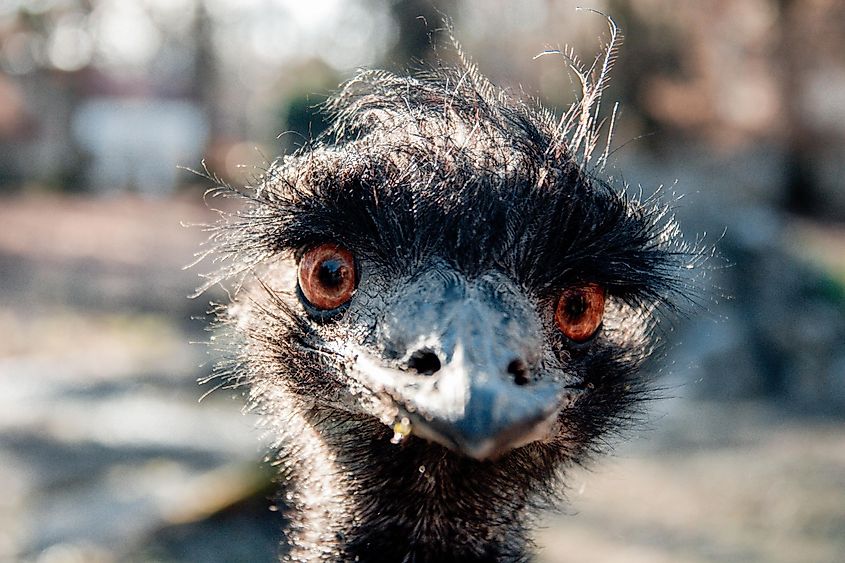
After World War I, discharged veterans were given land in Western Australia to farm and make a living. Things went well initially, but the Emus started to make it harder by destroying crops. In 1922, Australia changed the status of the birds from protected native species to vermin. With the start of the Great Depression in 1929, it became even harder for farmers in Western Australia to make ends meet with the worsening emu problem.
The final blow for the farmers eventually came in 1932 with the arrival of an unusually large number of emus (approximately 20,000) who migrated to the coast from the inland regions after their breeding season. These birds were greeted with vast cultivated lands in Western Australia. They began to break through farmers’ fences, eat their crops (particularly wheat), trample on other plants, and leave holes for more pests like rabbits to cause further destruction. Farmers were allowed to shoot and kill these birds, but they had limited firepower, so they sought help from the government. George Pearce, the minister of defense at the time, eventually agreed to dispatch a group of military personnel armed with guns to Western Australia.
The War Begins
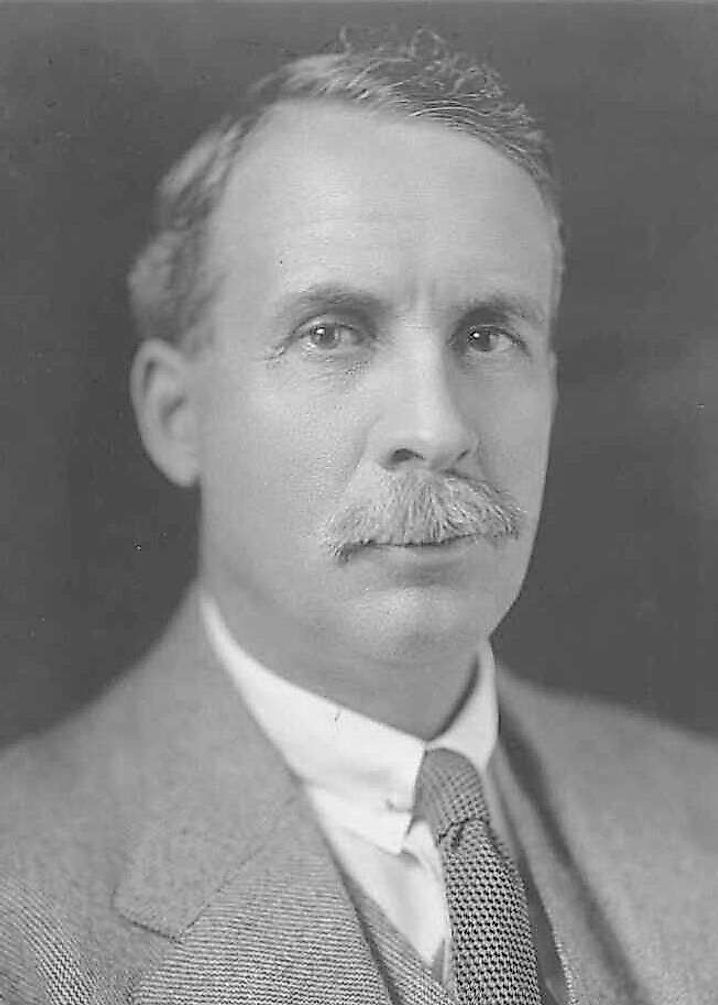
In early November 1932, two soldiers led by Major Gwynydd Purves Wynne-Aubrey Meredith traveled to Campion, Western Australia, armed with two Lewis guns and 10,000 rounds of ammunition. The operation began on November 2, and it quickly became a huge failure. During the first battle, the men only managed to kill a few emus while the others fled in different directions. In the second battle, the men laid an ambush against more than 1,000 emus, but one of the guns jammed after only about 12 birds had been killed, and the vast majority escaped. Once, the men tried to chase and kill emus from trucks, but this proved ineffective as the birds outran the vehicles due to the rough terrain, making it difficult to aim. Even when the emus were hit, their bodies could withstand a few shots allowing them to run and eventually die far away from the gaze of their attackers.
Six days after the first battle, less than 100 emus had been confirmed dead, and news about the failed operation had spread across the globe. Local and international media had a field day. In places like the UK, conservationists held protests in support of the flightless birds. In light of this backlash, the operation was paused.
On November 12, following complaints from local farmers and a late report that around 300 emus had been confirmed dead from the first operation, the soldiers were again deployed to Western Australia. This time, Meredith and his team found some success, and by December 10, the team reported that 986 emus had been confirmed dead, while 2,500 more died later from injuries. This was not particularly good news, considering that an estimated 20,000 emus continued to roam the area, and especially since ten rounds were expanded for each confirmed kill. The operation was subsequently called off, and despite the team’s huge firepower, the emus came out victorious. They continued dominating Western Australia, forcing the farmers to abandon their settlements and flee to other parts of the country. Today, Campion - the farming settlement where the emu war occurred - is a ghost town.
The Outcome of Australia’s Crusade Against The Emus
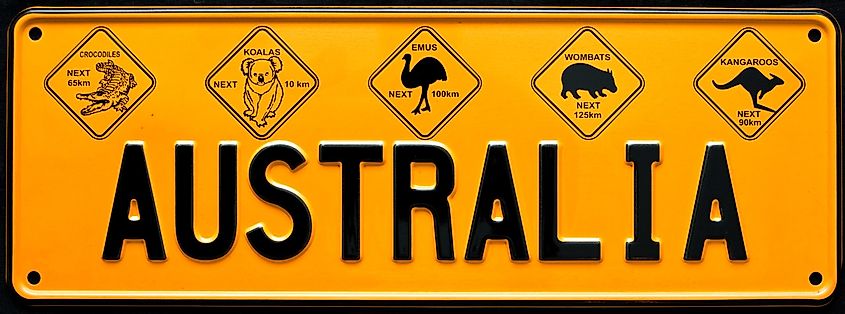
Australia’s crusade against the emus is generally considered a failure. Although there were no casualties on the side of the Australian soldiers, their objective was nowhere near accomplished. After the fruitless operation, the helpless farmers called for help several times, but the government would not repeat its military experiment. However, the government introduced a bounty system which was far more effective in curbing the problem of emus. In just six months in 1934, bounties for approximately 57,000 dead emus were claimed. Eventually, pest-exclusion fences became the most popular way to keep these birds out of farmlands.
Currently, there are between 625,000 to 725,000 wild emus in Australia, which are now protected under federal legislation. The birds have also been reintroduced to Tasmania, where early Europeans had previously exterminated them. Nearly a hundred years after the war, the emu remains part of Australian wildlife, and while both groups are currently at peace with each other, we can only hope that a second emu war will not happen.
